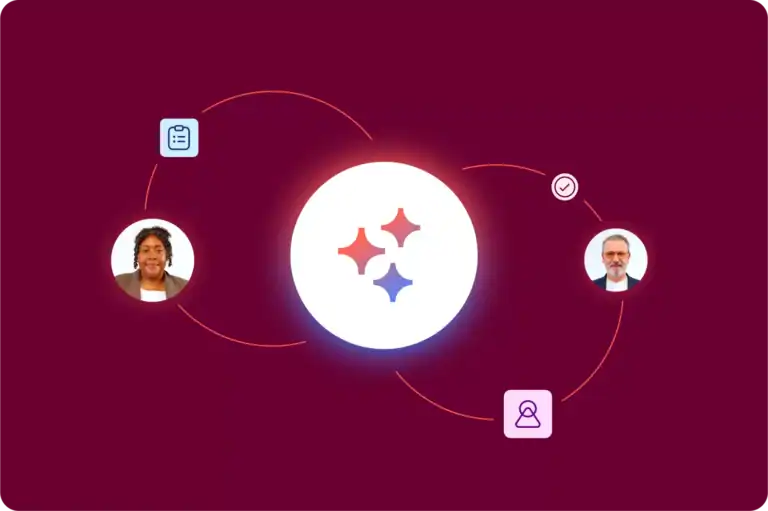Asana launches AI Teammates. These are agents that understand organization-wide context and can support multiple teams simultaneously.
According to Asana CEO Dan Rogers, autonomy is the wrong goal for AI agents. “Work is highly nuanced – enterprise workflows encompass many teams, multiple data points and impact all levels of the organization,” Rogers says.
Research shows that autonomous agents fail at 70 percent of basic tasks. The problem lies not with AI capabilities but with the lack of context and control within complex business environments.
The AI Teammates operate within the Asana platform. This ensures transparency and accountability. Teams can see precisely how agents work, where they are active, and what results they achieve.
The agents have enterprise-grade governance. Teams retain control over data access, user rights, and operational parameters. This ensures that AI works within organizational frameworks without sacrificing trust or predictable costs.
Context via Work Graph
AI Teammates are built on Asana’s Work Graph data model. This provides agents with access to business information, including team goals, workflows, and organizational structure. This allows them to make decisions that align with business objectives.
Team memory enables agents to build institutional knowledge and continuously adapt to the way teams work, maintaining context across projects and interactions.
Practical applications per department
For marketing, an AI Teammate can act as a Campaign Strategist. It drafts campaign briefs, tracks deliverables, and reports on ROI. It can also serve as a Creative Partner for content creation and brand consistency.
In IT, an agent handles service tickets through automatic categorization and routing. It solves problems, identifies patterns, and keeps the knowledge base up to date.
In product and engineering, a Bug Investigator acts as the first line of defense. It interprets bug reports, consolidates duplicates, and assesses severity. A Sprint Accelerator tracks progress and flags risks.
For operations, a Launch Navigator serves as a tracker for cross-functional launches. It monitors dependencies and flags risks. An Insights Analyst converts project data into concise reports for managers.
AI Teammates expand Asana’s current AI capabilities. The company already has AI Studio, a no-code builder for AI workflows that handles repetitive tasks at scale.
The new agents are now available in beta.
